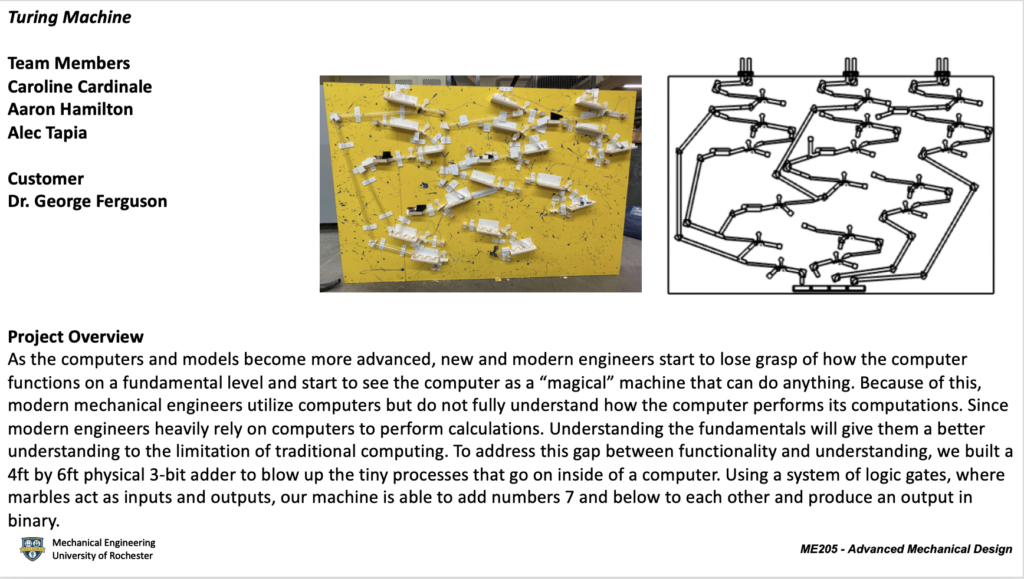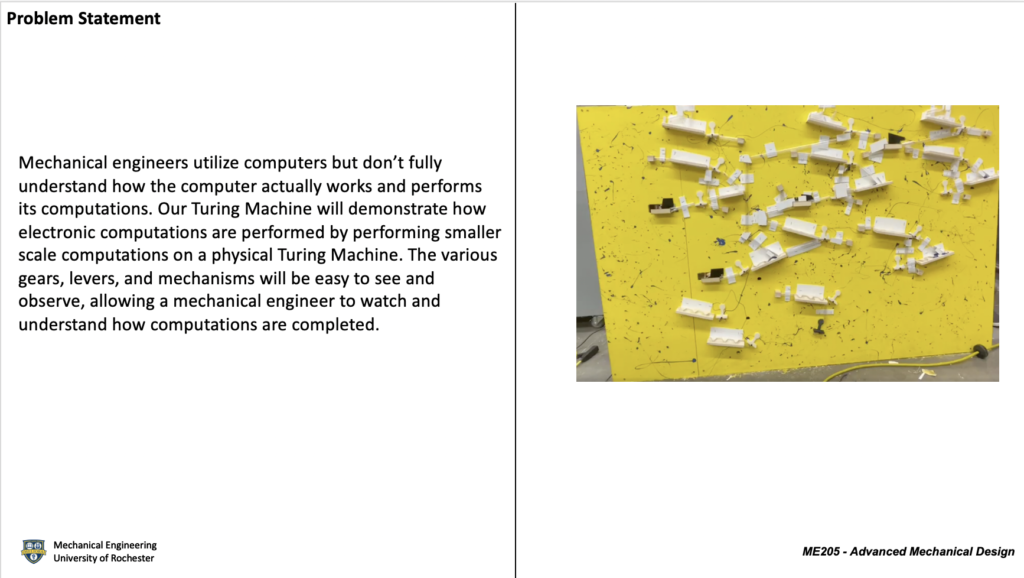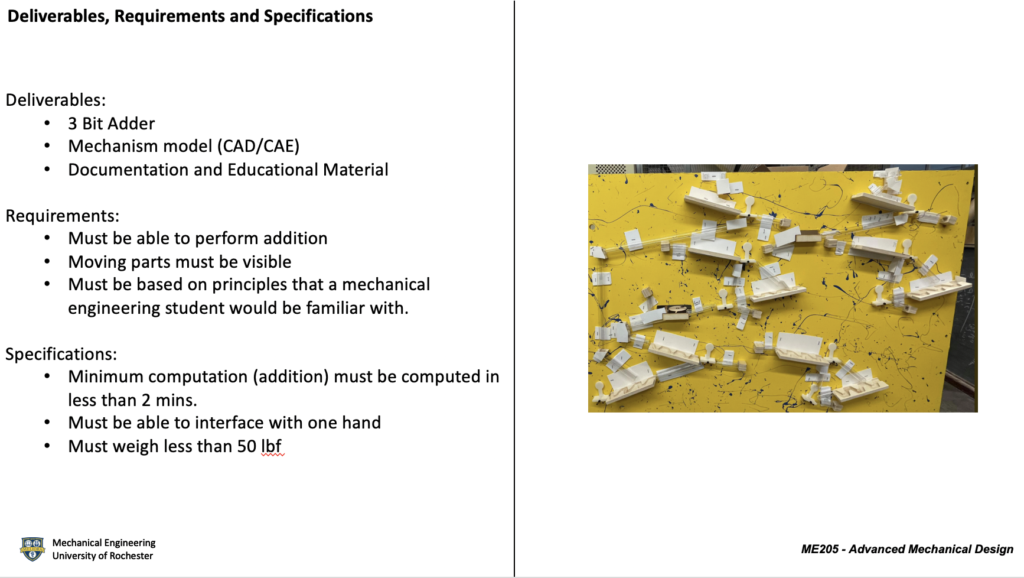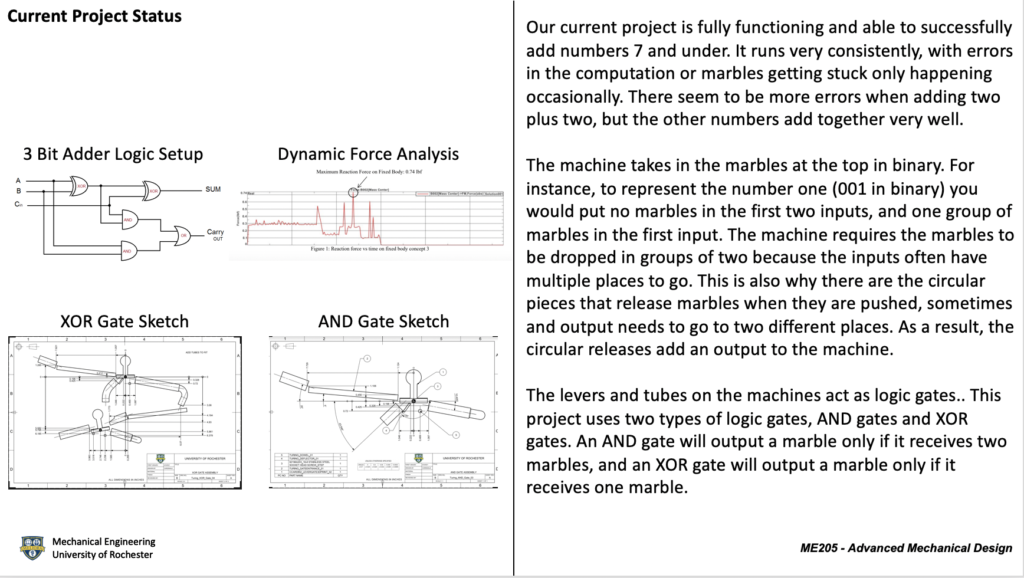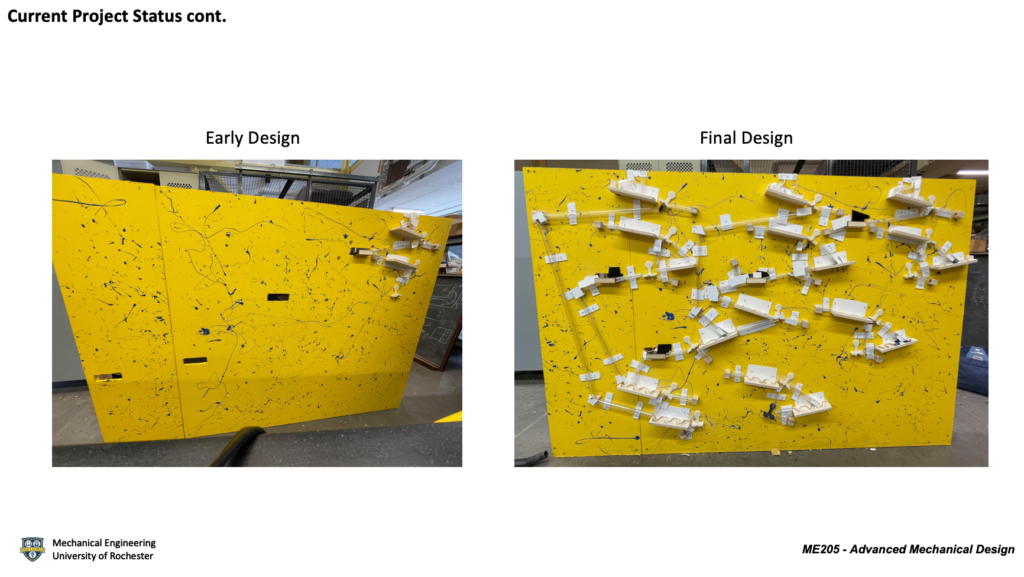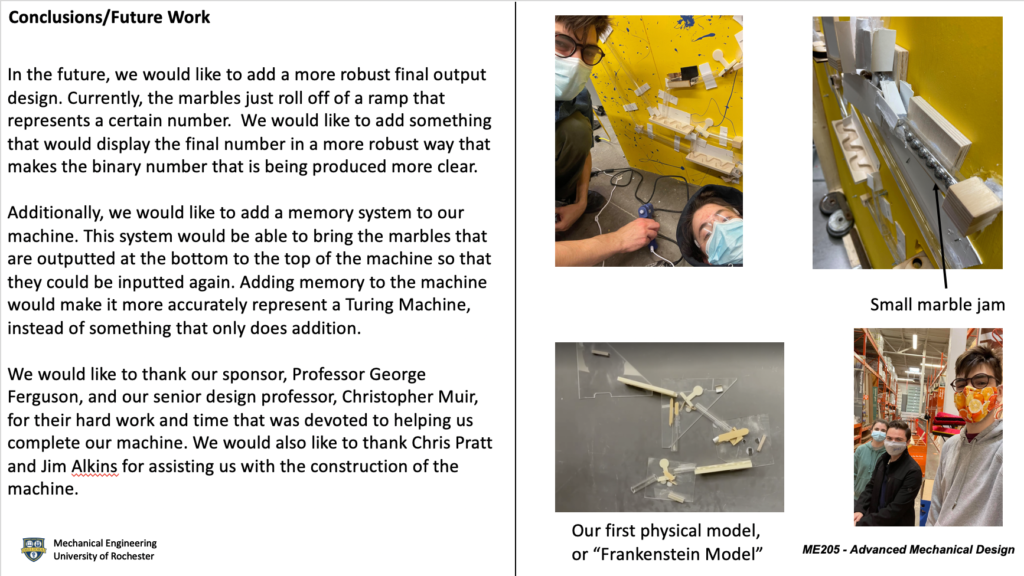With the advent of the computer, engineers have been able to take advantage of the device’s ability to run computations at lightning speeds that would have otherwise taken hours, days, or have been impossible to compute. This ability to perform thousands and millions
of computations has allowed engineers to create engineering models using the principles of fluid mechanics, solid mechanics, dynamics, and so on. As the computers and models become more advanced, new and modern engineers start to lose grasp of how the computer functions on a fundamental level and start to see the computer as a “magical” machine that can do anything. Because of this, modern mechanical engineers utilize computers but do not fully understand how the computer performs its computations. Since modern engineers heavily rely on computers to perform calculations. Understanding the fundamentals will give them a better understanding to the limitation of traditional computing. This can be advantageous since understanding how a computer solves problems and stores information can lead to more efficient programming that in turn could lead to a savings in cost for both time and requiring less expensive hardware. To address this gap between functionality and understanding, building a simple computer, or Turing Machine, that uses basic engineering concepts can help some engineers visualize and understand how computers function. Building a mechanical adder machine is a fun and straightforward way to solve that problem. This will provide UR mechanical engineers an opportunity to learn and understand how a computer functions, using concepts that are familiar to them.
